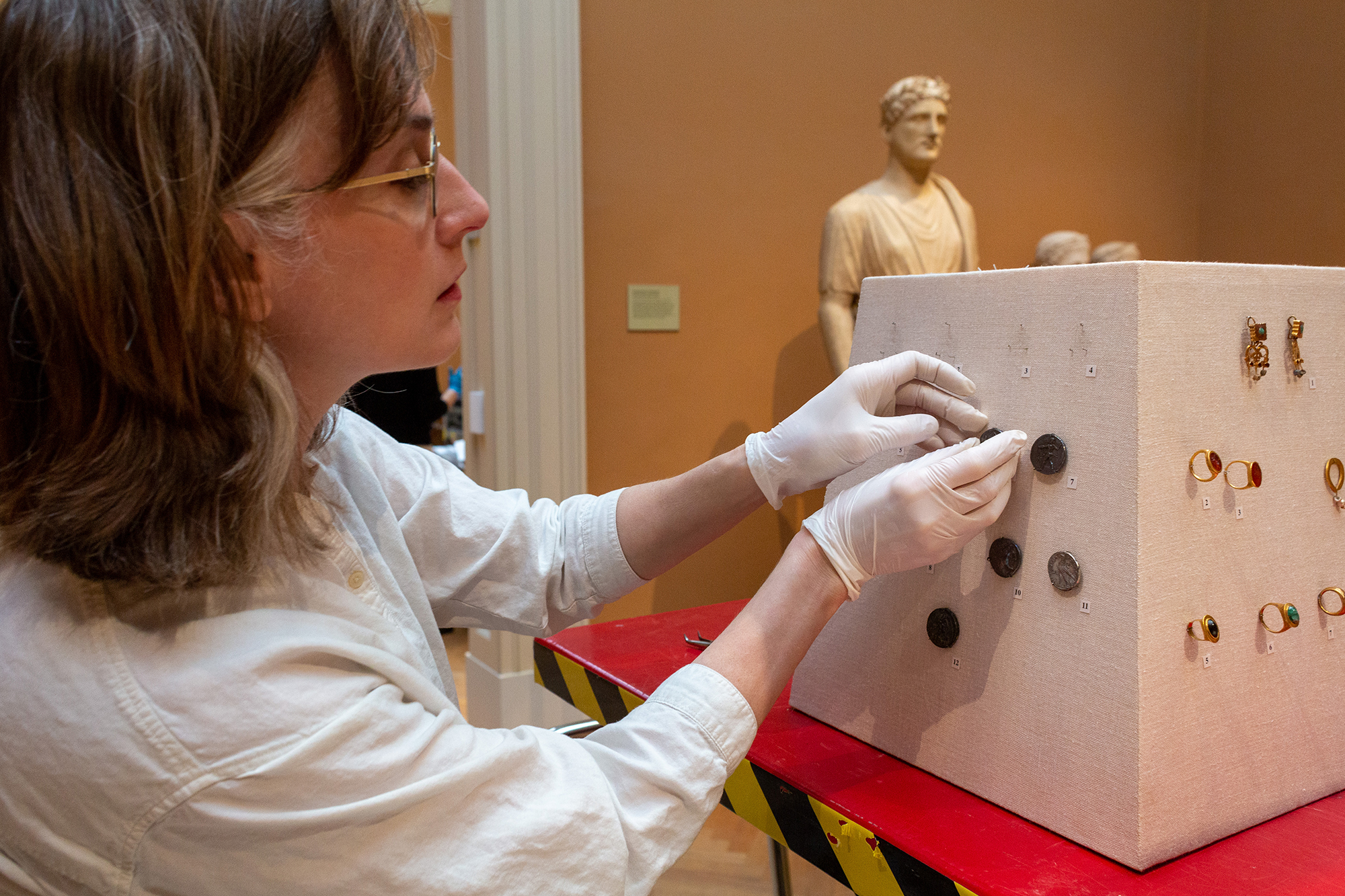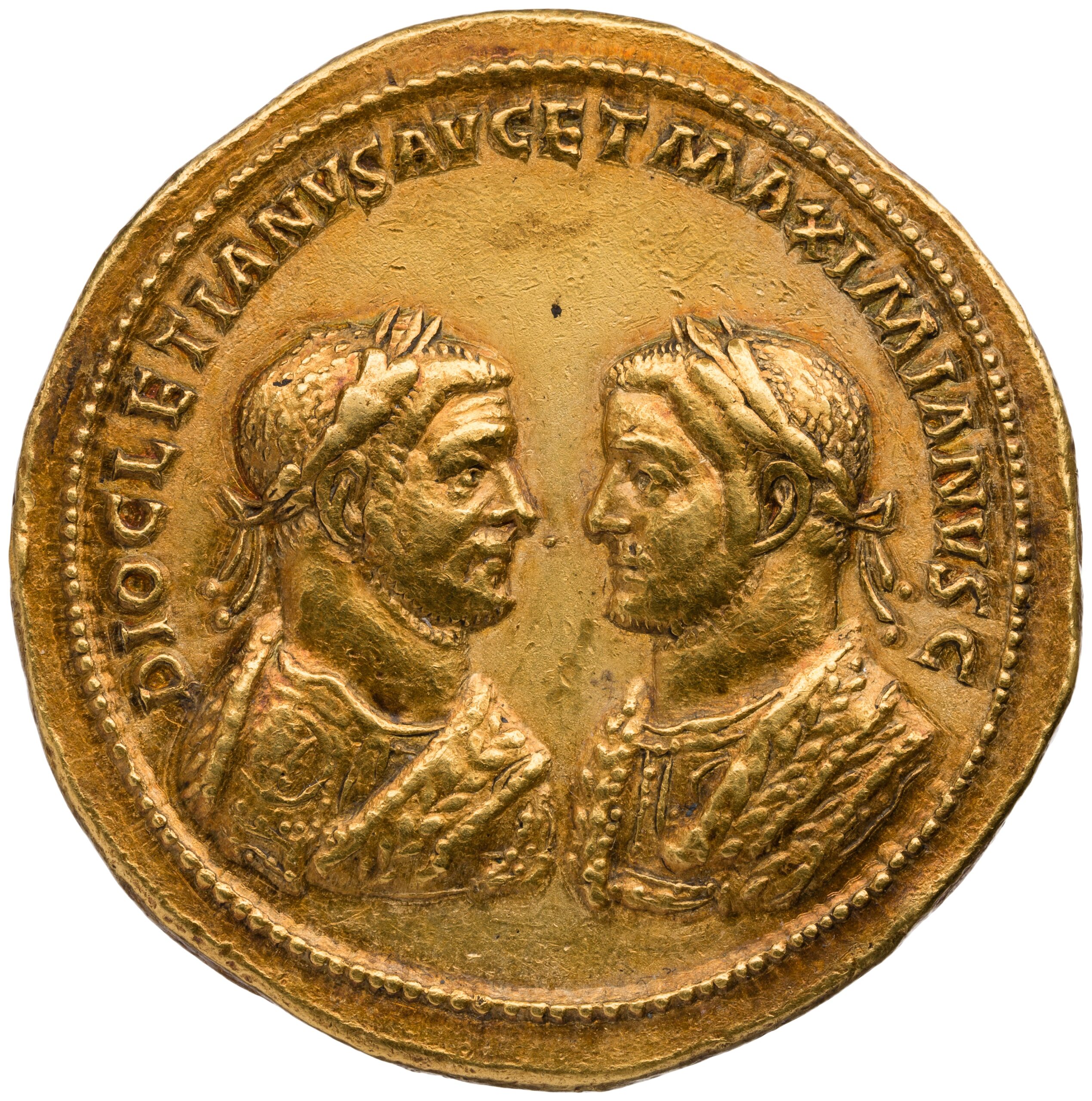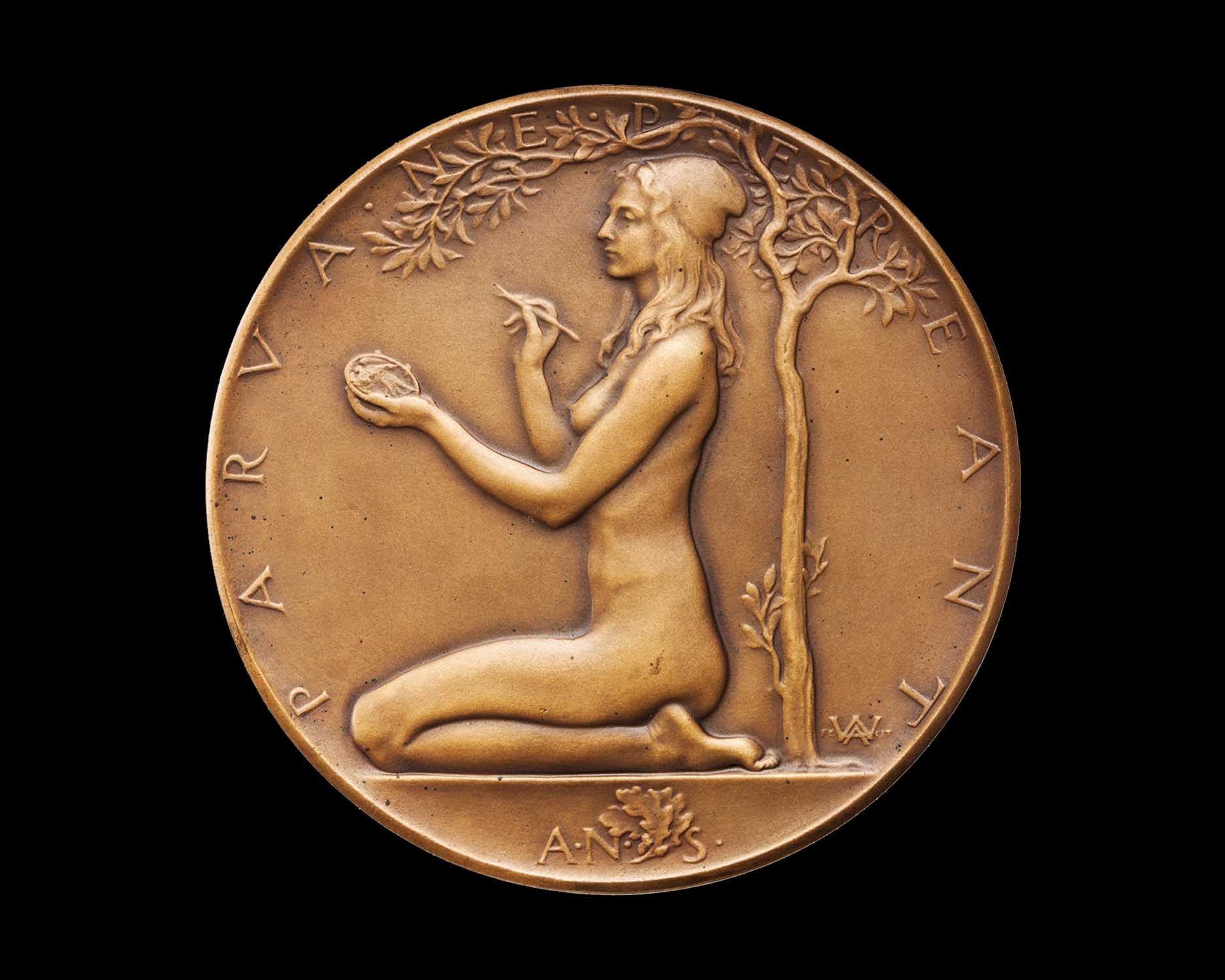White Gold: Studies in Early Electrum Coinage
The White Gold volume is finally in-hand, all 707 pages and eight pounds (4 kg) of it. Just a little over a month ago, Ute Wartenberg, Andrew Reinhard, and I made the final corrections, took one long, last look, and sent the typeset manuscript to our printer in Canada. We celebrated a bit, but frankly were too exhausted by the final push to celebrate much more than that. The book launch at the ANS we had scheduled for April 23 has, of course, been cancelled because of the current pandemic. We hope we can reschedule it for some time later this year. And we hope when we do, we’ll see you there.
The genesis of this volume took place nearly a decade ago, in 2011, when then Numismatic Curator (now Chief Curator) of the Israel Museum in Jerusalem, Haim Gitler, conceived of a unique exhibition to be held there that would showcase the earliest coins in the Western tradition, those struck in electrum. Five hundred coins, all from the collections of Dr. Thomas S. Kaplan, Baron Lorne Thyssen-Bornemisza, and several from the Israel Museum, were displayed in a spectacular exhibition, the first of its kind anywhere that looked at electrum coinage from the seventh to the fourth centuries BCE. Catharine Lorber soon joined Gitler in curating the exhibition, White Gold: Revealing the World’s Earliest Coins a name suggested by Lorber, which opened in June 2012, with an exhibition catalogue of the same name written by Koray Konuk, Lorber, and edited by Gitler.
Meanwhile, Gitler organized a conference on electrum coinage that was held at the Israel Museum the week the exhibit opened. Tom Kaplan and Lorne Thyssen-Bornemisza, both keenly interested in this area of numismatic research, actively participated in the conference. We are most grateful for their generous support, which funded not just the exhibition and conference, but also the White Gold volume with its many full-color plates, maps, and figures. Initially, Gitler, Lorber, and Konuk planned to publish the conference proceedings with the Israel Museum’s imprimatur, but as many of the conference participants felt a follow-up meeting would be beneficial to address some of the outstanding problematic aspects of early electrum raised in Jerusalem, a second White Gold conference was held in November 2013 at the American Numismatic Society’s headquarters in New York City. In 2016, it was decided that publication of the proceedings of the two conferences would be undertaken by the ANS with Ute Wartenberg and myself serving as the volume’s editors, who received considerable editorial and other assistance on several of the chapters from Wolfgang Fischer-Bossert. Since 2013, the scope of the volume grew. Other scholars, notably Kristin Kleber and Donald Jones, who had not participated in the two original conferences were invited to contribute chapters, and others who had participated offered additional contributions, such as Michael Kerschner’s monumental chapter on the archaeology and our current understanding of the successive temples of Artemis (Artemision) at Ephesus, where some of the most important concentrations of early electrum coinage have been found. While the expanded scope of the volume delayed publication, nonetheless we can now offer a fuller and more detailed picture of the evidence at hand for understanding the various contexts in which early electrum coins were produced and used.
But, even after two conferences and 707 pages of printed text, there are still many questions that perplex us about early electrum coinage. As François de Callataÿ summed it up at the end of our initial conference in Jerusalem, “We are still confused, but at a higher level.” Much of this, in fact, has to do with the two very basic questions: 1) why coinage?, and 2) why electrum? In other words, why at that particular moment (ca. 650 BCE) in that particular place (western Asia Minor) did a group of people decide to strike coins for the first time? What do coins do that other types of monetary instruments don’t? Most perplexing of all, however, is the choice to strike the first coins in electrum, which we now know was an entirely invented alloy of gold and silver. Alloying two precious metals of very different values into a single monetary object was something that later coin producers avoided since it was subsequently hard to maintain stable exchange and value rates for the alloyed coins in circulation. So, why did these same early producers opt for electrum, and continued to do so for generations until the first separate silver and gold coins (the croesids) were introduced around 550 BCE?
In coming weeks Ute Wartenberg and I will be discussing some of these issues in the ANS’s newly launched podcast, The Planchet. So, as we all hunker down, stay tuned! And should you need some light reading (!) in the meantime, have a copy of White Gold delivered to your doorstep. The volume can be ordered here.





